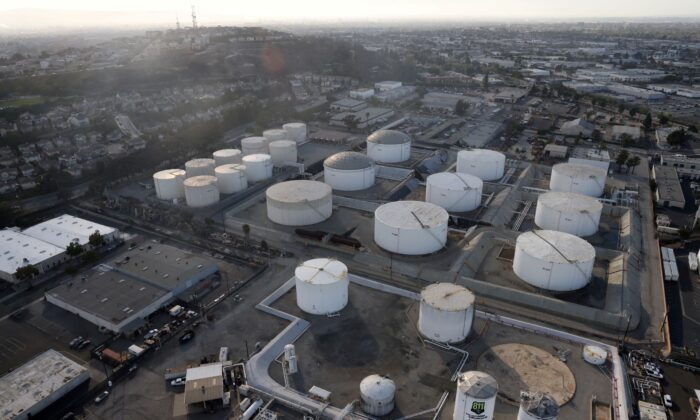
New travel restrictions driven by a rise in COVID-19 infections is poised to slow the recovery in global oil demand, according to a new report from the International Energy Agency (IEA), which dropped its oil demand forecast by 100,000 barrels per day for the remainder of 2021 and all of 2022, mostly due to reduced jet fuel use.
IEA said in its monthly oil market report that it expects the global oil demand recovery to slow its pace this year and the next, rising by 5.4 million barrels per day in 2021 and 3.3 million barrels per day in 2022, rebounding to pre-pandemic levels next year at 99.5 million barrels per day.
“ surge in new COVID-19 cases is expected to temporarily slow, but not upend, the recovery in oil demand that is underway,” IEA said in a statement. agency expects road transport fuels and petrochemical feedstocks to continue to grow at a steady pace, predicting that renewed travel restrictions will sap demand for jet fuel.
COVID-19 is the disease caused by the CCP (Chinese Communist Party) virus, also known as SARS-CoV-2.
At the same time, global oil supplies are on the rise, with drilling activity picking up in Brazil, Canada, and the United States, and OPEC+ cuts continuing to unwind, with the IEA predicting global crude supply growth to soar by 6.4 million barrels per day in 2022 compared to a 1.5 million barrel per day rise in 2021.
“Much needed relief for tight markets is on the way, with world oil supply set to overtake demand starting this month,” IEA said in a statement.
Assuming OPEC+ continues to unwind its production cuts, IEA expects a global oil surplus of 1.7 million barrels per day in the first quarter of 2022, rising to 2 million barrels per day in the second quarter.
“If that were to happen, 2022 could indeed shape up to be more comfortable,” IEA said. A run-up in oil prices is one of the factors behind a sharp run-up in energy costs, which have been a big contributor to surging inflation, which in the United States hit a 39-year high of 6.8 percent in the 12 months through November.
Standing in contrast to the IEA oil demand downgrade, OPEC on Monday raised its global oil demand forecast for the first quarter of 2022. OPEC said its December monthly report that it expects world oil demand to average 99.13 million barrels per day in the first quarter of 2022, up 1.11 million bpd from its forecast last month.
“ IEA’s bearish view on the market was in stark contrast to OPEC’s more positive view when it released its monthly outlook earlier this week. divide suggests volatility is likely to remain high in the short term,” ANZ commodity analysts wrote in a note.
Oil prices fell for a third straight day on Wednesday, with growing expectations of supply growth outpacing demand growth a possible factor impacting market sentiment.
U.S. West Texas Intermediate (WTI) crude futures fell 0.88 percent to $69.65 a barrel by 6:39 a.m. New York time, after shedding over 50 cents in the previous session.
At the same time, Brent crude futures fell 0.76 percent to $72.72 a barrel, after losing nearly 70 cents on Tuesday.
Pezou : Omicron Travel Restrictions Poised to Dent Oil Demand: IEA